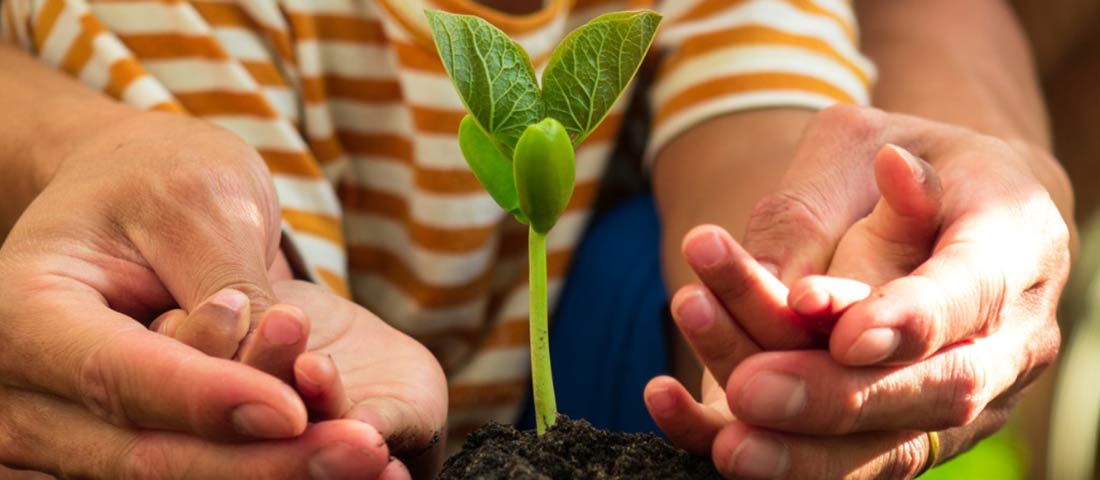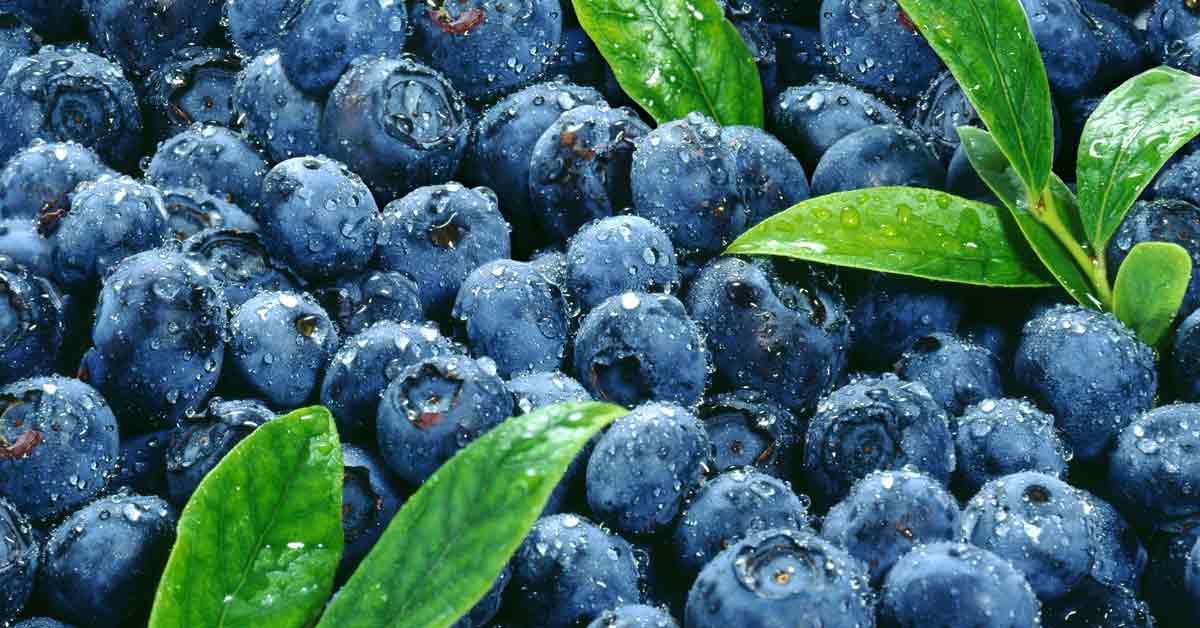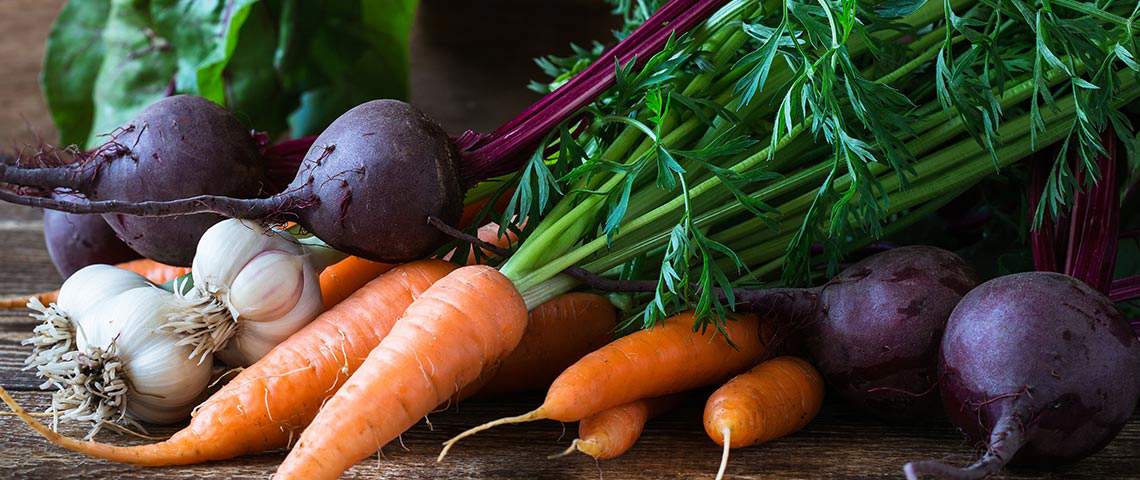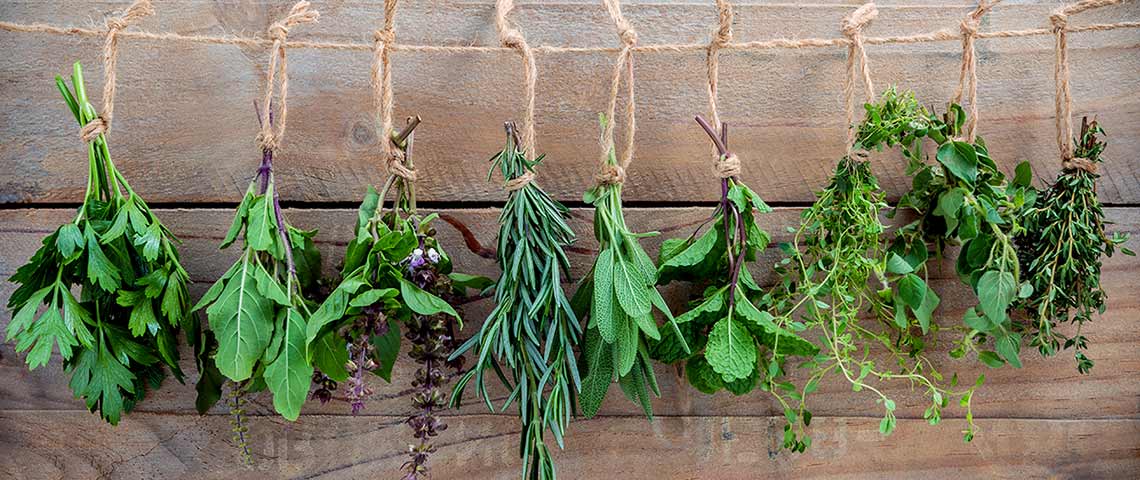How to Start a Garden
Growing your first garden is a pretty exciting time, marked by one milestone after the next. There's nothing quite like watching a tiny, elfin sprout become a flower — or serving friends and family homegrown vegetables from your own yard. Even if you're brand new to gardening, don't worry. We've got you covered. You can start a garden from scratch and succeed.
Just follow these garden-starting basics, and you'll soon bask in the blooms and bliss that grow from plants and seeds:
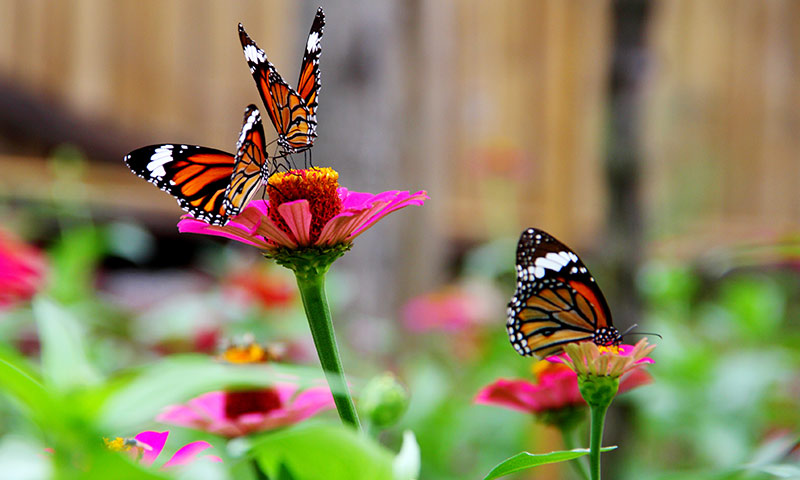
Pollinators appreciate warm, sunny garden spots filled with blooms.
How to Pick a Garden Site
Most fruits, vegetables and flowering plants, including mini wildflower meadows, grow best with plenty of sun. Unless you're planning a flowerless garden of shade-loving plants, choose a spot that gets six to eight hours of daily sunlight. You enjoy more flowers, more fruits, stronger plants and more pollinators stopping by for brunch.
Avoid slopes and low-lying areas in your yard. While slopes are great for clover-mix lawns, they can drain too fast for gardens. That makes it hard to water well. Spots with long-lasting puddles after rain are poorly drained and keep plant roots too wet. If possible, choose a site away from trees. Tree roots compete with garden plants for water and nutrients, plus it's a lot easier to plant where tree roots aren't.
For your first garden, resist the temptation to go all out. We speak from experience. Start small instead. This goes whether you're launching a vegetable garden or starting a flower garden masterpiece. Get a feel for what it takes to care for a garden first so you don't get overwhelmed. Then expand as you and your garden grow. Make sure a water faucet or hose connection is nearby so you don't have to carry water far — or carry it at all.
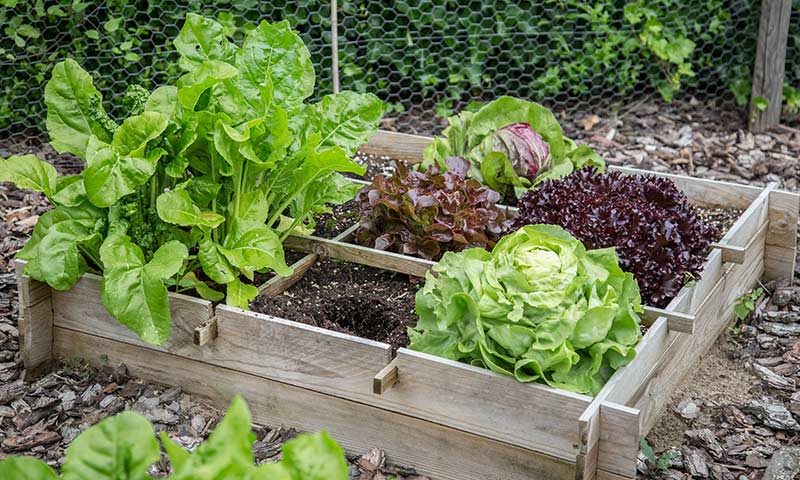
Raised garden boxes let you start a garden wherever you choose.
How to Prep Garden Soil
Never work with your garden soil when it's wet, or you risk compacting it with your hands, tools and feet. That changes soil structure and makes it harder for water, nutrients and air to support healthy roots. Before you start, squeeze a handful of soil. If it clumps together when you open your hand, it's too wet. If it crumbles through your fingers, dive in.
A simple soil test can help you get to know your slice of earth and teach you about your soil. Soil pH influences how your garden plants can access nutrients in the soil and fertilizers you use. A soil test eliminates the guesswork and gives you a solid starting point. Most plants do best with slightly acidic, near-neutral soil around 6.0 to 7.0 pH.
Before your plant, take some tips from regenerative gardening and nurture your soil with Pennington Rejuvenate Natural and Organic Garden Soil Mix. Apply a 3-inch layer to the native soil in your garden bed, then work it down into the top 6 inches of your garden soil. You'll improve your native soil with revitalizing essential nutrients. Plus, you'll get beneficial ingredients like earthworm castings to enhance soil nutrients, added bio-stimulants to improve your garden's nutrient uptake and sustainably sourced peat moss and composted bark to improve soil structure and help plants thrive.
Raised garden boxes, also called raised beds, offer another option. Available in different heights and DIY versions, these boxes sit on top of your natural soil. Let your style shine in your choice of box materials, then fill them with Pennington Rejuvenate Premium All Purpose Potting Soil Mix, designed with containers, including raised beds, in mind.
You'll give your plants the best soil for container plants with all the same Earth-friendly ingredients as our garden soil mix, plus water-holding crystals and a wetting agent to help you and your plants optimize the water you use. (Plus, you don't have to bend over so much to plant, maintain or harvest raised beds!
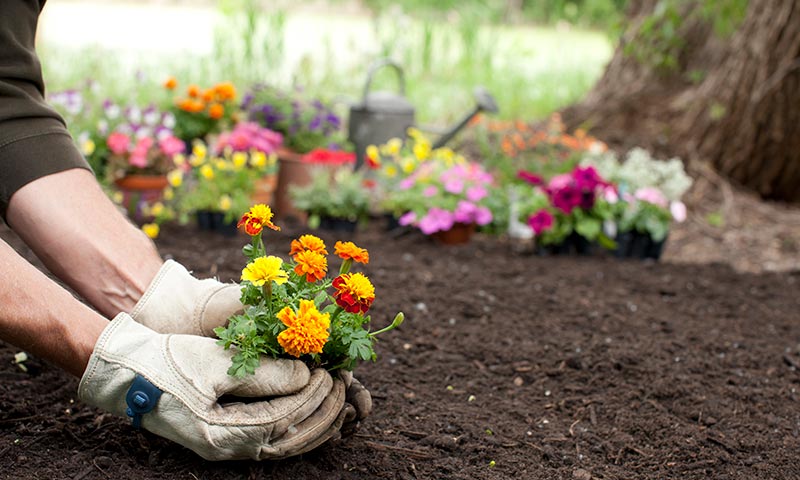
Some flowers, including marigolds, get replanted every year.
How to Plant a Garden
Deciding how to plant your garden depends on you. Be unconventional and adventurous or nostalgic and traditional — it's your call now. Annuals are plants that last one year, so you start new every year. Perennials live longer. They come back year after year and grow larger over time. With our collection of Pennington Wildflower Mixes, you can enjoy some of both.
Most common garden vegetables grow as annuals in the United States. Even though some live longer in the tropics, they don't survive winter here. When planting annual vegetables or flowers, leave enough space for them to grow to full size in the current year. When planting perennials, keep their mature size in mind so they're not too crowded next year.
You can start annuals and perennials from seeds, small plants called "starts" or "transplants," and larger plants grown in nursery pots. Some of our organic seeds go straight into the garden, like lettuce, spinach and other greens. But others, like tomatoes and melons, need a warm head start indoors. With live plants, like transplants and larger plants, they're ready to go outside when you buy them.
Take time to plan your garden before you plant. Then follow spacing and planting instructions on your seed packets or plant tags. You can plant your garden in straight rows, patchwork squares, wavy designs — whatever appeals to you. Keep edibles separate from ornamentals, or create a mixed edible landscape that only you can imagine.
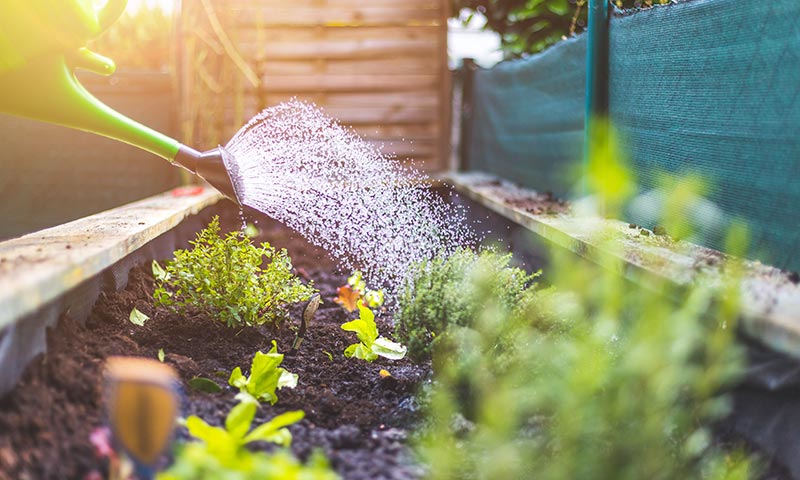
Veggies and flowers flourish with sun, water, nutrients and TLC.
How to Maintain a Garden
Whatever you grow, plants need care: water, fertilizer and pest control. Most plants need enough water to equal 1 inch of rain each week — that usually moistens soil about 6 to 8 inches deep. That's enough to reach your roots and give them what they need. Water your garden to supplement your rainfall as needed. Water early in the day so plant leaves dry in the sun and fungal diseases don't take hold.
Like people, plants need good nutrition. Want to give your garden a healthy foundation? Start with an all-purpose balanced fertilizer like Pennington Rejuvenate Plant Food All-Purpose 4-4-4 at planting time. Ready to boost your tomatoes and vegetables? Trust our Pennington Rejuvenate Plant Food Tomato & Vegetable 4-5-4 for bigger, more bountiful tomatoes and veggies than you'll ever see from unfed plants.
Whatever your garden grows, our Pennington Rejuvenate plant foods can help it grow better, stronger and more productive with special blends of essential plant nutrients and organic and natural ingredients that revitalize soil and help plants thrive. You and your garden will love the results, and Mother Nature will be proud.
If unwelcome insects and diseases intrude on your fun, stop them. Protect your garden at the first sign of insect damage, and get proactive to prevent fungal disease. With Sevin Sulfur Dust, for use as a dust or a spray, you get two-in-one disease and insect control over pests from powdery mildew to pesky mites — and it won't harm plants, flowers or fruits. Once the spray dries or the dust settles, your garden's ready for action again.
Now that your first garden's under your belt, it's time to face the truth: You're hooked. We know because we're hooked, too. Whether you're dreaming of long, lazy yard-to-table meals, fresh-cut bouquets or just gorgeous garden views, we're here to help those dreams come true. We're Pennington. Let us help you nurture your roots.
Always read product labels thoroughly and follow instructions.

